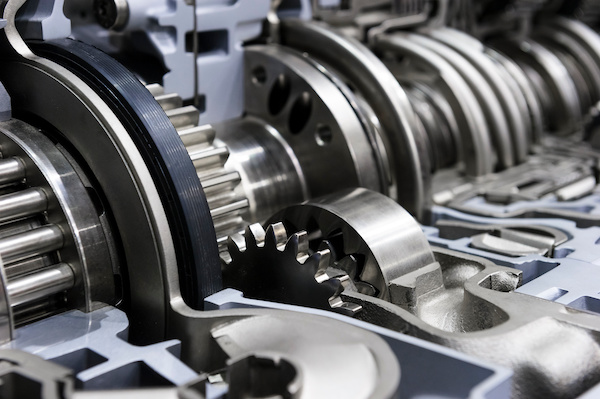
The transmission is a crucial component of a car, it transfers power from the engine to the wheels. The two main types are automatic and manual. While both serve an identical purpose, they operate differently, and each has its advantages and disadvantages. In this article, we will explore the differences between automatic and manual transmissions.
Manual Transmission
A manual transmission, also known as a "stick shift" or "standard" transmission, requires the driver to shift gears using a clutch pedal and gearstick manually. When the driver depresses the clutch pedal, the engine is disconnected from the transmission, allowing the driver to select the appropriate gear using the gearstick. Manual transmissions are commonly found in sports cars, off-road vehicles, and older cars.
Automatic Transmission
An automatic transmission is a type of transmission that switches gears automatically as the car accelerates and decelerates. The driver does not have to change gears manually; instead, it uses a torque converter to transfer power from the engine to the transmission. Automatic transmissions are common in modern cars.
Differences Between Automatic and Manual Transmissions
- Ease of Use: One of the most significant differences between automatic and manual transmissions is the ease of use. Automatic transmissions are easier to use as the driver does not have to shift gears manually. It automatically shifts gears based on the car's speed and the engine's RPM. Manual transmissions require more skill to use, but they provide greater control over the vehicle, making them an ideal choice for drivers who want a more engaging driving experience.
- Fuel Efficiency: Manual transmissions are generally more fuel-efficient than automatics. This is because manuals are less complex, lighter, and do not have a torque converter, which can consume additional power. However, automatic transmissions have evolved in recent years, with some models featuring more gears, which can improve fuel economy.
- Cost: Manual transmissions are typically less expensive than automatic transmissions. The reason is, manual transmissions are simpler and require less maintenance. On the other hand, automatics are more complex and require more maintenance, which can result in higher repair costs.
- Performance: Stick shifts provide greater control over the vehicle, allowing drivers to shift gears to keep the engine in its power band, resulting in better performance. However, automatic transmissions are more sophisticated, with some models featuring dual-clutch transmissions and paddle shifters, which can improve performance.
The choice between an automatic and manual transmission comes down to personal preference. Drivers who want a more engaging and fuel-efficient driving experience may prefer a manual transmission, while those who want a more relaxed and convenient drive - the automatic. Regardless of the type, it is essential to maintain your vehicle regularly to ensure its longevity and performance. This especially applies to automatics because they have a lot more moving parts than stick shifts.
Transmission Repairs and Replacements In Greenwood Village, CO!
At Davis Repair we do everything needed to get your transmission working like brand-new. Everything from little repairs, like changing the fluid, to full-on replacements are performed at our shop. Feel free to call or visit us for any questions about our services, appointments or shop!